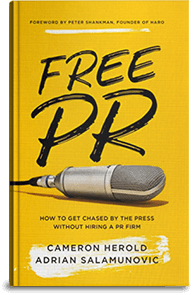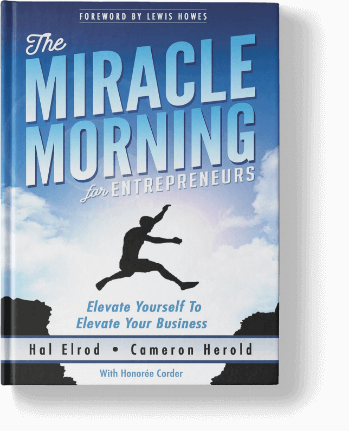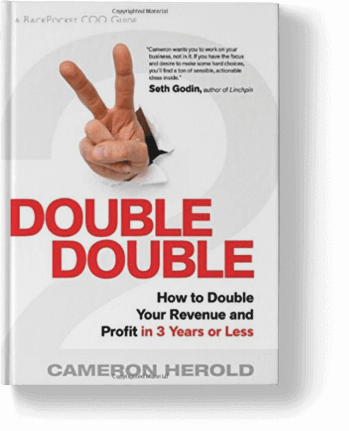Active listening is one of the most important skills you need to master as a leader. It’s not just about listening to someone talking, but really hearing what they’re trying to say, which is absolutely necessary to have good communication.
Personally, a technique that I use to listen to others is to sit on my hands. It somehow stops me from trying to talk and interrupt, but that’s just me. Here are some skills and techniques that will help every leader be a better active listener.
Ask Open-Ended Questions
As an active listener, you need to genuinely want to learn from what the speaker is saying and the best way to do so is by asking questions.
“Asking questions is often necessary to further understand what another is trying to truly say. Ask open-ended questions that allow the speaker to reveal more details to the situation and enlighten you more on the topic.” – Entrepreneur
Avoid asking yes or no questions as much as possible. They don’t provide much value to a conversation. For example, instead of asking something like, “Did you solve the problem?” instead ask, “How did you solve the problem?”
Never Interrupt
It can be tempting to want to speed up the conversation when you think you know where the speaker is going. However, active listening requires that you let the speaker keep talking uninterrupted—regardless if you think you can speed up the pace by finishing their sentence.
“This can be another difficult step because the brain wants to jump in and solve the problem before the speaker has communicated the entire message. Interrupting shows impatience and disrespect, especially if you interrupt with an argument rather than a question.” – Vistage
You need to show respect for the speaker and let them speak at their own pace and in their own way.
Keep an Open Mind
Judgment ruins active listening almost immediately. Even if you don’t agree with the speaker, you need to keep an open mind and try your best to see things from their point of view.
“If what she says alarms you, go ahead and feel alarmed, but don’t say to yourself, “Well, that was a stupid move.” As soon as you indulge in judgmental bemusements, you’ve compromised your effectiveness as a listener.” – Forbes
Not only do you need to avoid saying anything judgemental, but it’s just as important to avoid thinking judgmental thoughts. As soon as you’ve told yourself that you disagree with the speaker you’ve stopped being an active listener at which point no one will benefit from the conversation.
Don’t Plan Ahead
It can be very tempting to try and plan out in your head how you want to respond to the speaker but don’t. If you’re thinking about what you want to say while the speaker is still talking, you aren’t actively listening anymore.
“Listening demands being fully present and ready to respond to what might get thrown your way. But our listening shuts down when we’re anticipating what might happen next.” – HBR
You want your response to be authentic and the only way to do that is by listening intently to what the speaker is saying. By planning ahead, you will only be able to respond with your own understanding and opinions of the topic, which will communicate to the speaker that their opinions don’t matter.
Summarize to Make Sure You Understand
One of the most important skills in active listening is summarizing what the speaker has said to make sure that you genuinely understand what they are saying.
“During this process, the other person must feel that you are empathizing with them and that you understand and care about their point of view. To really help with this, use techniques such as ‘paraphrasing,’ or repeating back what they have said and asking if you understood correctly or ‘perception checking.’” – Cameron Herold
By paraphrasing and summarizing what the speaker has said, it not only shows that you listened but it also provides the speaker with the opportunity to listen and clarify anything they may need to elaborate on for you to better understand.
Active listening is a skill that’s necessary for everyone to master—especially leaders. Even if you think you are doing it right, there may be some things you didn’t consider? Do you use these techniques to be a better communicator? If not, then it might be time for a refresher.
If you have questions or would like more information, I’d be to help. Please send an email, and my team will get in touch with you!






